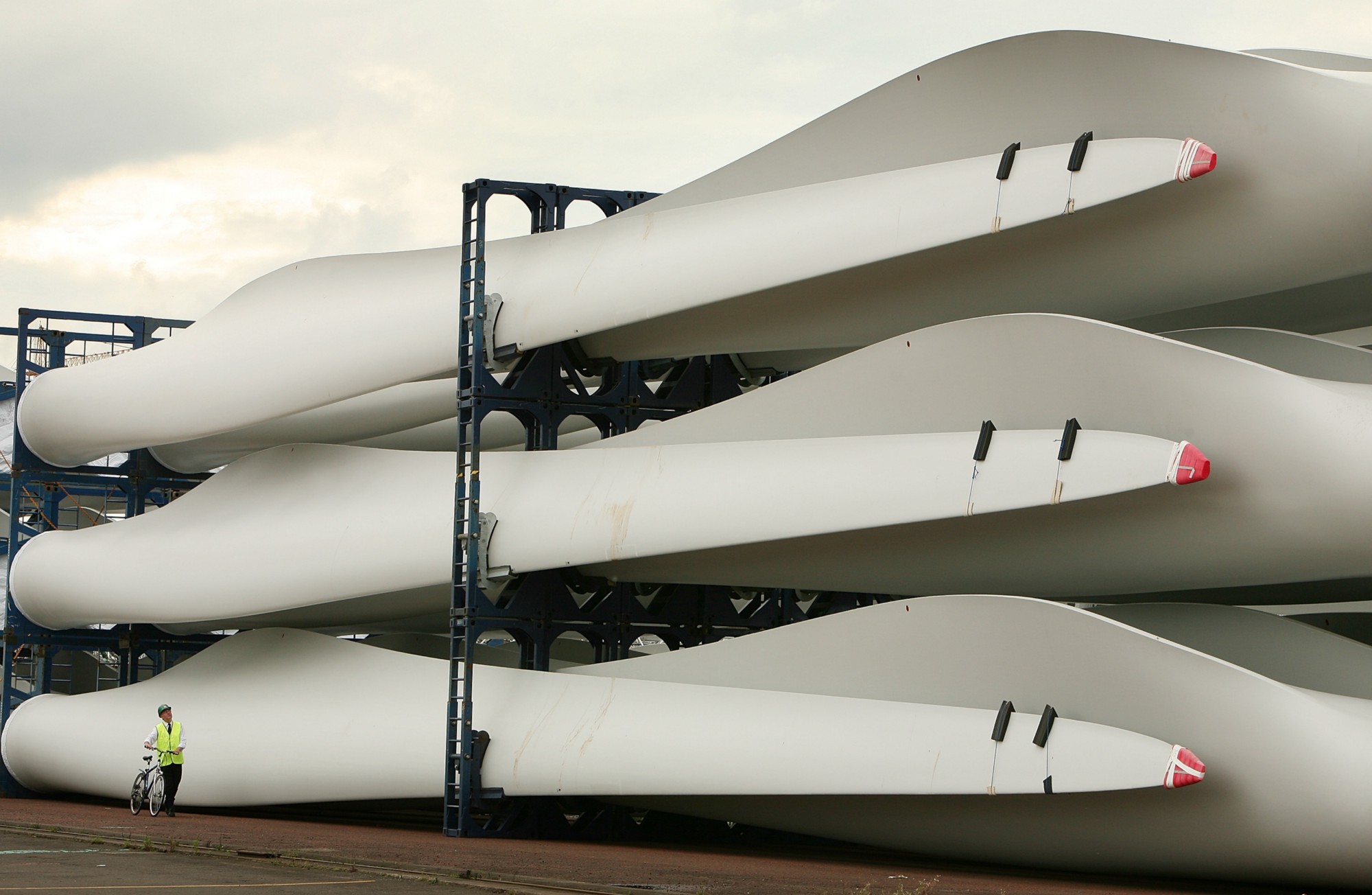Summary
The Flemish clusters for offshore energy and composite materials invite stakeholders to set up a joint industry project to prepare the road towards improved waste management for end-of-life composites structures from various applications. These include blades from offshore and onshore wind turbines (after decommissioning or repowering), and other large composite structures like boats, silos, etc. The project team seeks to integrate the composite value chain in this project consortium.
This can range from resin suppliers, fiber producers, manufacturers of large composite structures, EOMs (eg. manufacturers of wind turbines, silos or boats), contractors, service providers for maritime logistics and/or offshore and onshore decommissioning, relevant machine builders or logistic solution providers, to waste treatment companies or cement producers, ... On 25 October 2017 the European Composite Industry Association invited interested stakeholders to come together for a meeting in Brussels.
An initial feasibility study, if possible with support of local authorities, explored the best strategic orientation towards enhanced waste management. This economic and technological assessment incorporated existing studies and best practices of successful voluntary initiatives, such as VinylPlus (voluntary sustainable development program of the European PVC industry). This study could increase understanding of how the current growth in the energy sector can yield a more stable material flow while reducing costs and lowering the environmental impact. It explored the opportunities that lie ahead for contractors active in offshore operations (as well as other stakeholders).
A roadmap further defined the optimal coordinated setup of a collective waste stream management taking into account the various markets and the life cycle performance of different end-of-waste scenarios. This lead to a business plan including the cost-benefit distribution over the value chain.
Vision
A sustainable process for dealing with wind turbines at the end of their service life is needed in order to maximize the environmental benefits of wind power from a life cycle approach. Likewise, other composites applications can maximize their life cycle performance to recover and reloop materials within a cost effective and manner.
Mission
The mission of the CompositeLoop consortium was to inspire composites value chain stakeholders to take voluntary commitments towards collective waste stream management and recycling. The target of the CompositeLoop Consortium was to achieve cost-effective recycling through coprocessing (recycling through cement production) or thermal valorization. Ultimately the gained experience is a basis for new innovative products or services related to end of life treatment of those large composite products. Valorizing this knowledge, target can be set to recycle a specific percentage of the available waste thermoset composites from production, off-shore decommissioning and on-shore end-of-life products by 2030 processed.
Duration: 1 year

Photo: Peter Macdiarmid/Getty Images


